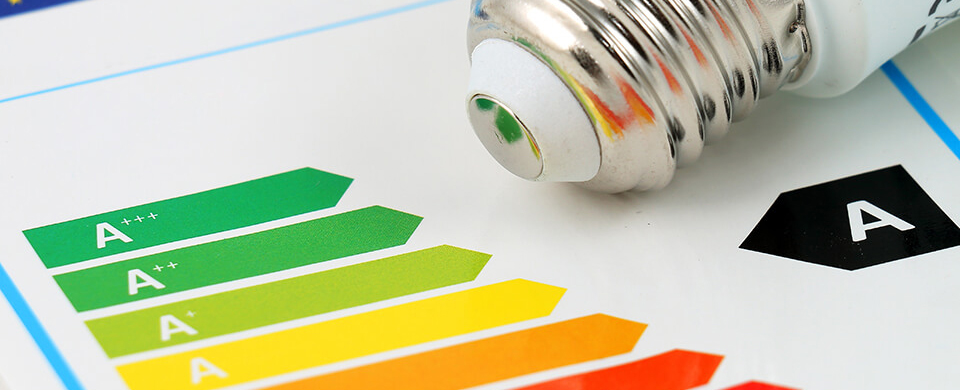
- Majority of landlords (85%) aware of Minimum Energy Efficiency Standards introduced on 1 April
- Boiler upgrades the most popular investment to boost energy efficiency in last twelve months
- 93% of homes in the Private Rented Sector estimated to be at or above minimum required rating
Landlords are most likely to have invested in a boiler upgrade in the last twelve months to boost the energy efficiency of their rental properties according to Paragon’s latest PRS Trends research, based on interviews with 201 landlords undertaken during the second quarter of 2018.
Energy standards in the Private Rented Sector (PRS) have been in the news in recent months, following the Government’s introduction of Minimum Energy Efficiency Standards on 1 April.
The new standards require landlords to achieve a minimum rating of ‘E’ on the Energy Performance Certificate (EPC) for their rental property. Landlords with residential properties that fail to meet these levels face a potential penalty of up to £5,000 per property.
Encouragingly, the survey found high awareness among landlords regarding the introduction of the new standards, with 85% of those taking part indicating their familiarity with the measures.
Asked which upgrades they had made to their properties in the run up to the implementation of the new standards, almost four out of ten (39%) landlords said they had replaced the boiler in one or more of their rental properties and one third (33%) said they had invested in new windows.
In contrast, landlords were least likely to have undertaken loft or cavity wall insulation, with only 12% and 7% respectively having carried these measures in the prior year. The lower rates for insulation work may be due to the fact that landlords had prioritised this work in previous years.
According to the latest figures from the English Housing Survey1, it is estimated that 93% of homes in the PRS are now rated at ‘E’ or above, with 76% achieving band ‘D’ or higher.
This is broadly similar to owner-occupied homes where 95% are rated at ‘E’ or above and 77% achieve band ‘D’ or more. Only social housing does better, with 99% of homes rated ‘E’ or above and 92% coming in at band ‘D’ or higher.
The EPC rates energy efficiency from 1 (very inefficient) to 100 (very efficient) using the Standard Assessment Procedure. The average rating in the PRS now stands at 60.3, an improvement of 30% compared with 46.4 ten years prior. This compares with an average rating of 60.7 for owner-occupied homes and 67.3 for social housing.
John Heron, Director of Mortgages at Paragon said:
The PRS has made significant progress in energy efficiency over the last decade and landlords continue to prioritise investment that will reduce energy consumption and keep costs low for their tenants. Energy efficiency in the PRS is now on a par with owner-occupied properties and these latest figures on boiler upgrades demonstrate commitment to further improvement.”
1: English Housing Survey Headline Report 2016 to 2017, published 25 January 2018
26 June 2018